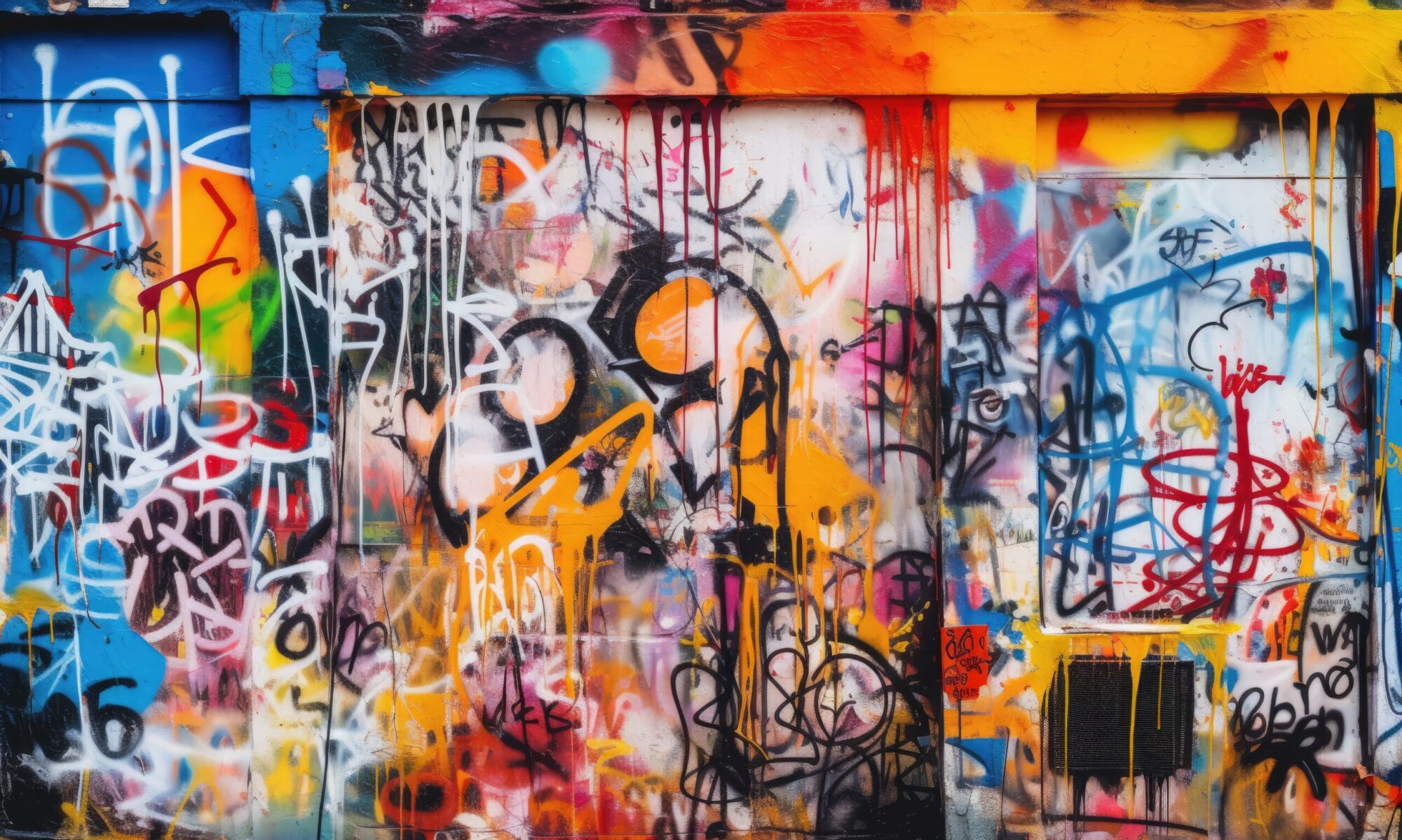This is the latest post in a series announcing resources created for the Scholarly Communication Notebook, or SCN. The SCN is a hub of open teaching and learning content on scholcomm topics that is both a complement to an open book-level introduction to scholarly communication librarianship and a disciplinary and course community for inclusively sharing models and practices. IMLS funded the SCN in 2019, permitting us to pay creators for their labor while building a solid initial collection. These works are the result of one of three calls for proposals (our first CFP was issued in fall 2020; the second in late spring ‘21, and the third in late fall 2021).Today we’re excited to share “Making Open Educational Resources with and for PreK12” (available via Pressbooks and in the SCN OER Commons Hub). This work was created by Anita Walz and Dr. Julee Farley, both of Virginia Tech. As we collectively look to expand collaborations between higher ed and PreK12 educators, and to support the creation of open content for that environment, it’s important that we engage in knowledge and respectful ways. Here are Anita and Julee, adapted from the resource, to introduce their work:
Higher education and PreK12 are vastly different domains. Well-intended, collaborative relationships do not always result in hoped-for creation of useful and reusable learning materials for PreK12 classrooms, nor of effective partnerships. This toolkit is designed to address known gaps in knowledge and practice which limit the development of generative relationship-building processes between higher education faculty and PreK12 educators. The toolkit is intended to prepare and position practicing and future academic librarians and interested higher education faculty, staff, and students consulting with librarians to address these gaps related to outreach to PreK12, and expand use and re-usability of learning resources through informed practices regarding copyright, open-licensing, and accessibility. Designed for use in formal graduate-level library and information science courses and relevant for self-study by academic librarians already in practice, this toolkit includes videos, presentations, transcripts, activities, guides, assignments, and assessment tools for learning and delivery by librarians to faculty and students in higher education, and for use by interested instructional designers, other faculty, staff, and graduate students seeking to improve their service to PreK12 educators.
Introduction
Higher education has a long history of outreach, sharing, and collaboration with formal PreK12 education. Some attempts have been more successful than others. In sharing this openly-licensed toolkit and the curriculum resources within, we hope to raise the success rate of partnerships initiated by higher education in service to and collaboration with PreK12 administrators and teachers, expand the number of healthy, sustainable partnerships between higher education and PreK12, and broaden the availability of usable, customizable, open educational resources created with and for for PreK12 teaching environments.
Origins of the Toolkit
This curriculum guide and toolkit originated from a series of consultations between the authors, a Higher Ed – PreK12 liaison, and an open education and copyright librarian. It initially culminated in a series of documents including curator and OER contributor checklists, release forms, and contributor agreements developed to support university students and faculty to create and share open educational resources. We presented this work at the Open Education Conference 2021 under the title “Boundary Spanners: Bridging Gaps Between Higher Education and PreK12.” After our presentation, we decided to pursue more formal documentation of the project and its resources. In our search for a publication venue, we realized that the Scholarly Communication Notebook (SCN), a resource for training graduate students, especially those enrolled in library and information science programs, may be a natural fit for developing the types of skills librarians and others in higher education need to assist others in forming respectful, informed, and productive working relationships with PreK12 audiences.
What is the Toolkit?
The openly-licensed toolkit includes editable course materials — readings, slides and presentation transcripts, sample communication templates, assignments and partnership evaluation forms — intended for self-study and mediated graduate and undergraduate instruction. The toolkit covers diverse areas of knowledge in a linear progression, including working with minors, educational standards-related issues, copyright, open-licensing, and acceptable uses of third-party works, communication skills, empowering teachers to provide their expertise, and adapting and sharing openly-licensed works. Each section of the toolkit contains presentations or readings, and either self-assessment or reflection questions. Some sections contain communication templates and customizable forms.
This toolkit is designed for higher education faculty and librarians, instructional designers, graduate students, and undergraduates who aspire themselves — or to assist others — in building respectful and productive outreach relationships with PreK12 teachers, and to create relevant open educational resources for use within the PreK12 context.
We’d love to hear about interest and use, and receive feedback! Here’s a form for providing that if you’d like: https://bit.ly/interest_hek12.
About the Authors
Anita Walz
is the Assistant Director of Open Education and Scholarly Communication Librarian at Virginia Tech where she founded and oversees the Open Education Initiative and OER grant program. She actively supports instructor adaptation, creation, and public sharing of open educational resources of various formats, including open textbooks, primary source collections, and emerging formats for learning resources such as interactive calculators and virtual reality animals. She holds a masters in Library and Information Science from the University of Illinois at Urbana-Champaign. She has worked in government, international, school, and academic libraries for the past 21 years.
Julee Farley, Ph.D., is a boundary spanner and evaluator whose work focuses on increased access and equity for under-resourced populations. She works with PreK-16 educators and researchers to create mutually beneficial research-practice partnerships, research impactful interventions, and design inspirational outreach and engagement experiences. Julee began this project while working at the Center for Educational Networks and Impacts at Virginia Tech; go to juleefarley.com for more recent updates about her work.
